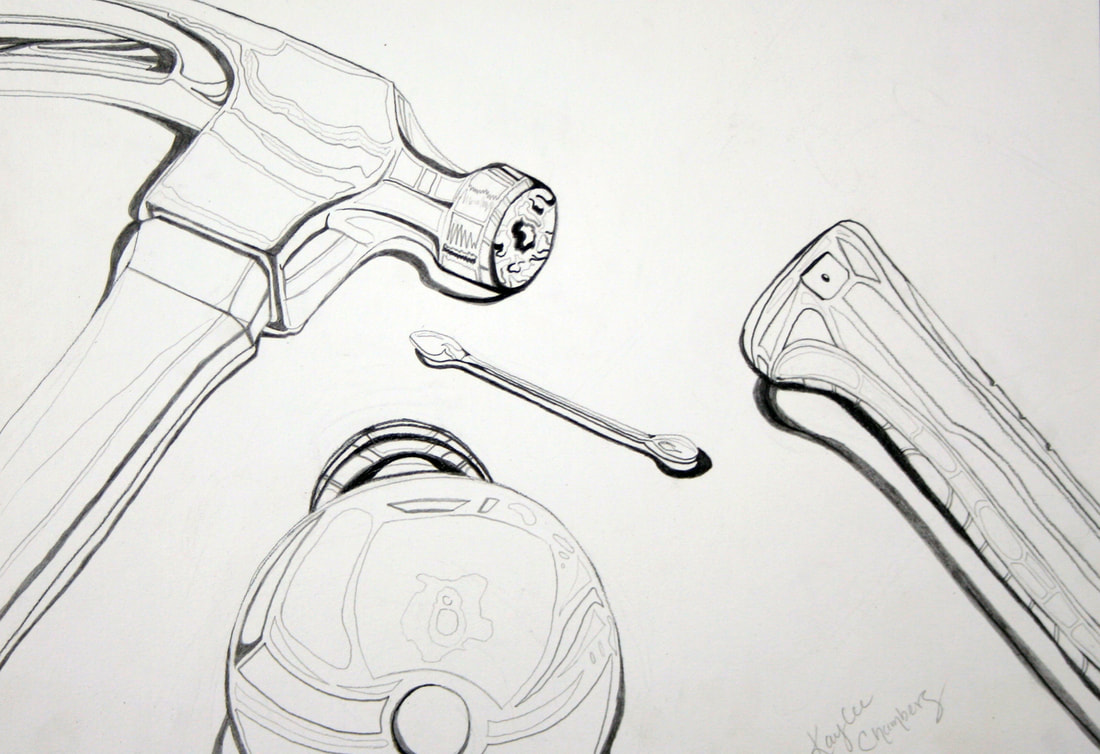

It also allows collaboration with other users and online sharing of your custom maps. You can free-draw routes and switch between different types of topography like shading, contours and satellite images. Originally designed for search-and-rescue, Caltopo offers a lot of customization. It is a free, browser-based map tool that allows you to print out custom topo maps.
EASY CONTOUR LINE STILL LIFE OFFLINE
But, again, the ability to download maps for offline use is $11.99.Ĭaltopo. My favorite. The app Backcountry Navigator provides the same service, with a similar setup. The app is also available to buy on Android.īackcountry Navigator. The app itself is free, but membership (which is required for offline topo maps) is $9.99. It is an elegantly designed map program with topographic maps available for download. You can download the maps when you have data or wifi before you venture off-grid. You can turn their topographic view (complete with contour lines) by selecting the “Terrain” layer from the options menu. Smartphone apps and computers can provide any topographic map you may need quickly and accurately, even beyond the reach of wifi and cell signals. Of course, paper maps aren’t the only topographic tool out there. Therefore, the interval line in question is at 1,150 feet above sea level. For each line above this index line, elevation increases 50 feet. You want to find out the elevation of an intermediate line 3 lines above an index line labeled 1,000.

Supplementary lines appear as dotted lines, indicating flatter terrain.Įxample: The contour interval is 50 feet according to the map key. Typically one index line occurs for every five intermediate lines.ģ. Intermediate lines are the thinner, more common, lines between the index lines. This tells you the elevation above sea level.Ģ. Index lines are the thickest contour lines and are usually labeled with a number at one point along the line. There are 3 kinds of contour lines you’ll see on a map: intermediate, index, and supplementary.ġ. If each line represents an equal point of elevation, then any change in elevation would lead to inconsistent line spacing, right? For example, several contour lines spaced close together would indicate steep terrain, while lines spaced far apart would indicate a gentler slope. They appear as hourglass shapes between two concentric circles.Ī quick glance at a topographic map will give you a general idea of the landscape. Identifying saddles can show you the quickest route through hilly areas. Saddle. A saddle is a low lying area between two higher points of elevation. Learning to identify common contour line formations will help you read topo maps quickly, and recognize the various terrain features they represent on a map. Contour lines, as we know them today, came into popular use in the mid-1800s along with the rise of resource extraction industries like mining and logging.Īfter reading contour lines on a map for a while, you’ll notice that a few distinct shapes pop again and again. It would be thousands of years before cartographers (map makers) could chart large areas of terrain with any real accuracy. The first known maps to include geographical features were found in Ancient Rome. Essentially, topographic maps represent the three-dimensional landscape of Earth within the two-dimensional space of a map. Topographic maps use a combination of colors, shading and contour lines to represent changes in elevation and terrain shape. A map with contour lines on it is called a topographic map. Topography is the study of geographical features on a landscape. Beyond backpacking and hiking, countless other professions use them - land surveyors, foresters, engineers, miners, geologists, hunters, to name a few. or lifesaving in a desperate survival situation.

This information can be helpful when selecting a hiking route. If you trace the length of a line with your finger, each point you touch is the same height above sea level. If you were to walk the path of a contour line in real life, you would remain at the same elevation the whole hike, never traveling up or down.Ĭontour lines are critical to understanding the elevation profile of your terrain or a particular land formation. Put simply, contour lines mark points of equal elevation on a map. What are Contour Lines and Topographic Maps? Contour LinesĮver noticed those squiggly lines all over your hiking map? Other than the obvious trails and rivers, these squiggly lines are contour lines. What are Contour Lines and Topographic Maps?.


 0 kommentar(er)
0 kommentar(er)
